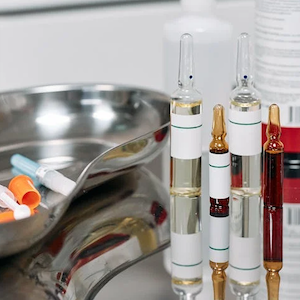Discrepancies between clinical and pathological findings seen at renal biopsy in rheumatological diseases

All claims expressed in this article are solely those of the authors and do not necessarily represent those of their affiliated organizations, or those of the publisher, the editors and the reviewers. Any product that may be evaluated in this article or claim that may be made by its manufacturer is not guaranteed or endorsed by the publisher.
Authors
Objective. Renal biopsy contributes to the diagnosis, follow-up, and treatment of many rheumatic conditions. This study assessed the diagnostic role and safety of renal biopsies in a tertiary rheumatology clinic.
Methods. Renal biopsies performed between June 2020 and December 2022 were screened, and demographic, clinical, histopathological, and safety data were collected from patient records.
Results. In this study, 33 males and 38 females were included. Except for 1 patient who received acetylsalicylic acid, antiaggregant, and/or anticoagulant drugs were stopped before the biopsy. Complications included a decrease of hemoglobin in 8 patients (11.3%) and microscopic hematuria in 40 patients (56.3%). Control ultrasonography was performed in 16 patients (22.5%), and a self-limiting hematoma was found in 4 of them (5.6%) without additional complications. While less than 10 glomeruli were obtained in 9 patients (9.9%), diagnosis success was 94.4%. Histopathological data were consistent with one of the pre-biopsy diagnoses in 54 of 67 cases (80.6%) but showed discrepancies in 19.4% (n=13) of patients. A repeat biopsy was performed in 7 patients for re-staging or insufficient biopsy.
Conclusions. Renal biopsy significantly contributes to rheumatology practice, especially in patients with complex clinical and laboratory findings or in whom different treatments can be given according to the presence, severity, and type of renal involvement. Although the possibility of obtaining insufficient tissue and the need for re-staging and repeat biopsy in the follow-up might be expected, complication risk does not seem to be a big concern. Renal biopsy often evidenced discrepancies between pre-biopsy diagnosis and histopathological findings.

This work is licensed under a Creative Commons Attribution-NonCommercial 4.0 International License.
PAGEPress has chosen to apply the Creative Commons Attribution NonCommercial 4.0 International License (CC BY-NC 4.0) to all manuscripts to be published.










